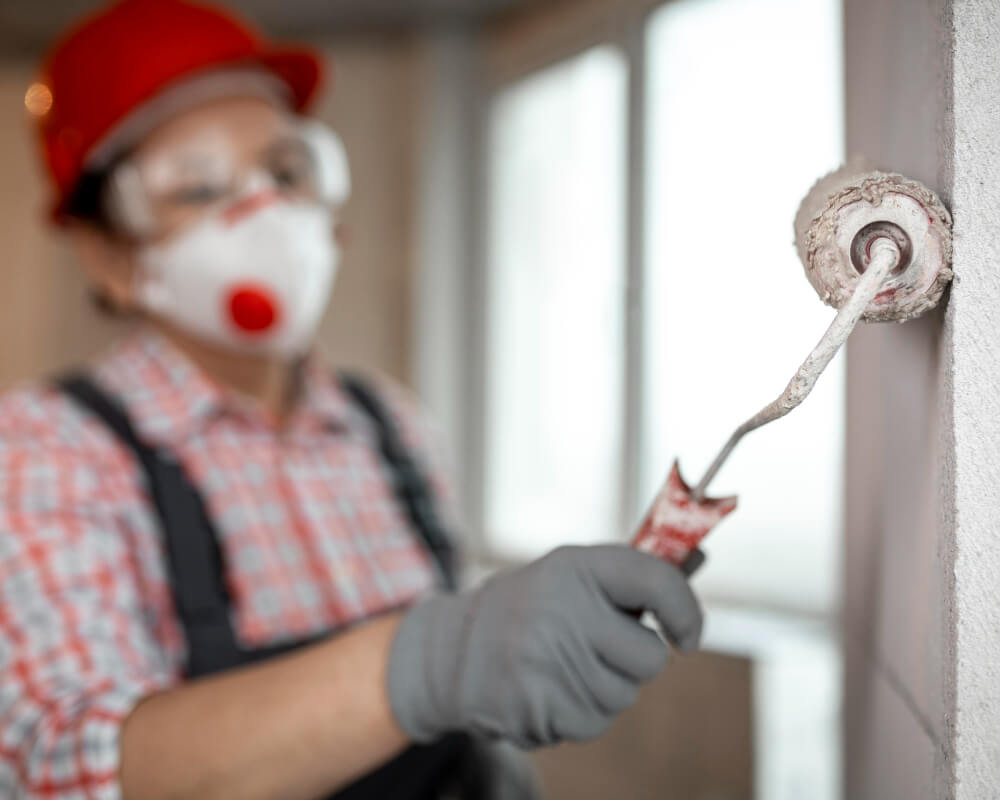
About Us
Established in 2008, Painter Decorator Melbourne has grown from a small family business into one of the most trusted painting and decorating companies in Victoria. Founded by master painter James Mitchell with over 25 years of industry experience, our company combines traditional craftsmanship with modern techniques to deliver exceptional results for every client.
Premium Quality Guaranteed
We use only top-grade paints and materials from Australia's leading brands, ensuring superior finish and long-lasting results for your Melbourne property.
15+ Years Local Experience
With extensive knowledge of Melbourne's architectural styles and weather conditions, our seasoned painters deliver tailored solutions for every home and business.
On-Time, On-Budget Completion
Count on our reliable team to complete your painting project efficiently and professionally, with transparent pricing and no unexpected costs.


